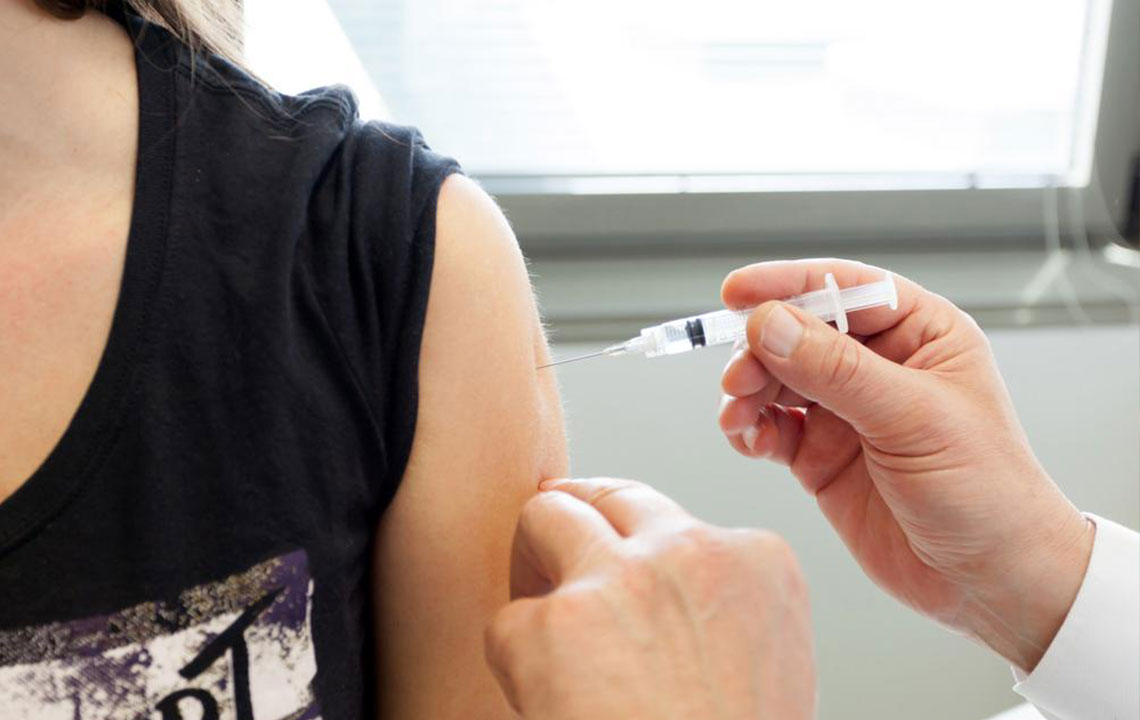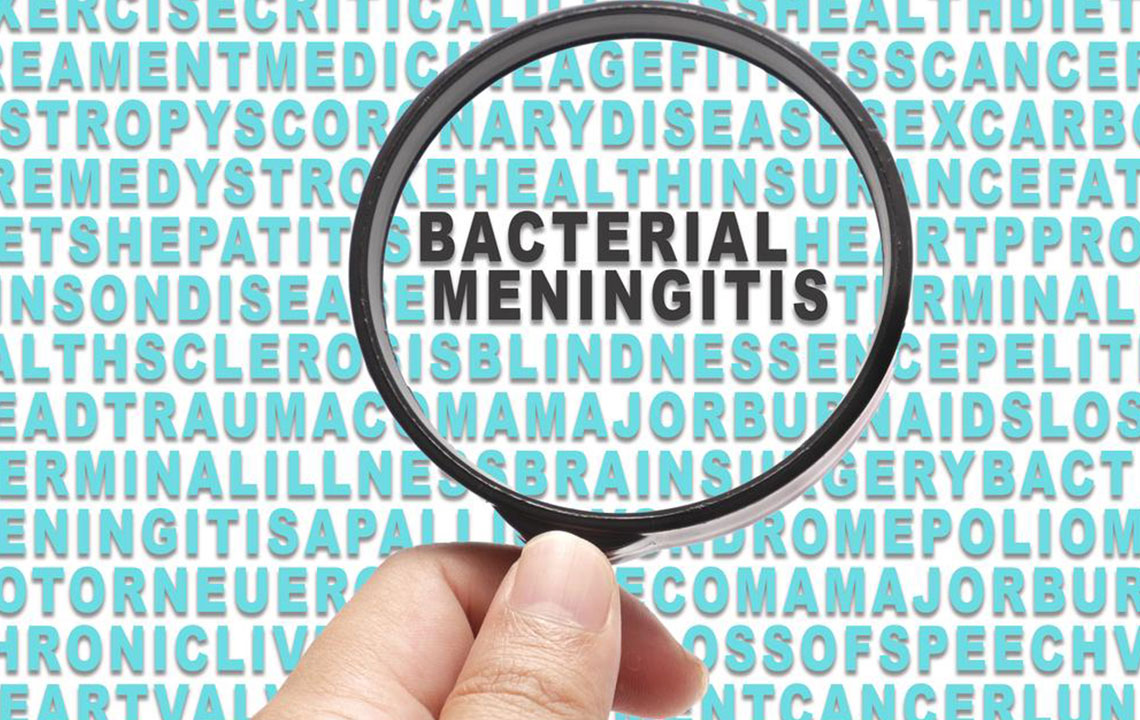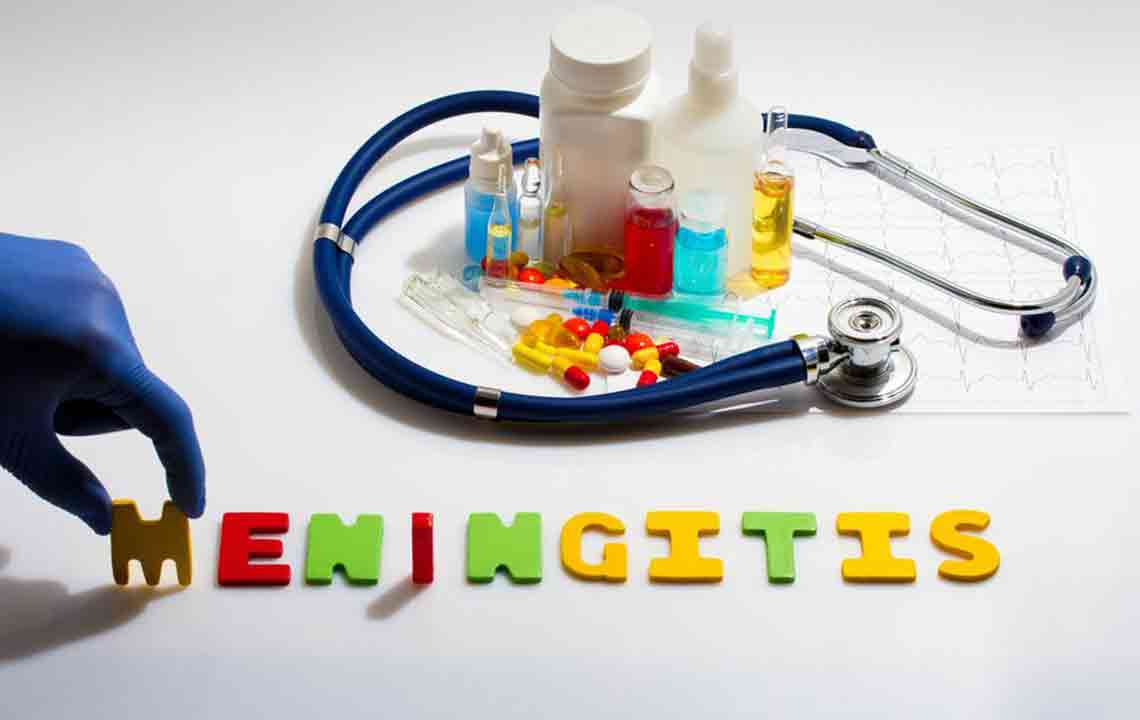Understanding Bacterial Meningitis: Causes, Symptoms, Diagnosis, and Treatment
Bacterial meningitis is a critical infection causing inflammation of the brain and spinal cord membranes. It can lead to severe complications or death if not treated promptly. Recognizing symptoms early, understanding risk factors, and receiving immediate medical care are essential for recovery. Vaccination plays a key role in prevention, especially for vulnerable groups like infants. This comprehensive overview covers causes, transmission, symptoms, and treatment options for bacterial meningitis, emphasizing the importance of rapid intervention and preventive measures.

Understanding Bacterial Meningitis: Causes, Symptoms, Diagnosis, and Treatment
Bacterial meningitis is a life-threatening condition that can lead to irreversible health issues like paralysis, stroke, sepsis, or death. It requires urgent medical intervention.
Meningitis involves inflammation of the meninges, the protective membranes surrounding the brain and spinal cord. It can be caused by viruses, bacteria, fungi, parasites, or non-infectious factors, but bacterial type poses the greatest danger.
In 2006, bacterial meningitis had a mortality rate of 34%, with nearly half of survivors experiencing long-term complications. Prompt antibiotic treatment upon diagnosis is vital for better outcomes.
The bacteria responsible for bacterial meningitis include species like Streptococcus pneumoniae and Group B Streptococcus. Vaccination efforts have significantly decreased its prevalence.
Key Facts About Bacterial Meningitis
Between 2003 and 2007, approximately 4,100 cases were reported annually in the USA, with about 500 resulting in death. It’s the second most common, yet the most severe, form of meningitis.
Infants are particularly vulnerable, and the disease spreads easily in crowded settings like schools and colleges. Symptoms often start with headache, neck stiffness, vomiting, nausea, confusion, and sensitivity to light.
Immediate medical attention is essential when meningitis symptoms appear. Preventive vaccination covers Hib, Streptococcus pneumoniae, and Neisseria meningitidis.
Causes and Risk Factors
Bacterias causing meningitis include:
Neisseria meningitidis
Haemophilus influenzae type B
Listeria monocytogenes
Streptococcus pneumoniae
Group B Streptococcus
Transmission occurs through respiratory droplets, saliva, or contact with contaminated food. Pregnant women carrying Group B Streptococcus can pass bacteria during birth, affecting newborns. Carriers of the bacteria may be asymptomatic but can still spread the infection.
Vaccinating according to recommended schedules helps prevent bacterial meningitis. In regions without Hib vaccination, H. influenzae remains a leading cause among children under five.
Risk Factors
While anyone can develop bacterial meningitis, infants are at highest risk. Other factors include:
Structural anomalies or head trauma
Infections in the head or neck
Close contact in community settings
Travel or residence in areas like sub-Saharan Africa
Weakened immune defenses
Occupations involving exposure to meningitis pathogens
Recurrent cases are rare but may stem from anatomical issues or immune suppression.
Symptoms
According to CDC, symptoms can develop rapidly or over several days, typically appearing 3–7 days after infection. Key signs include:
Fever
Headache and neck stiffness
Vomiting and nausea
Light sensitivity
Cold extremities
Skin rash
Confusion and altered mental status
Severe cases may involve seizures or coma. Infants exhibit symptoms like rapid respiration, irritability, refusal of feeds, high-pitched crying, and a bulging fontanel.
Meningitis Rash Test
If blood leaks into the skin, a rash can appear. To perform the glass test: press a glass on the rash. If it fades, it’s unlikely to be meningitis-related; if not, seek urgent medical attention.
Treatment Approaches
Hospitalization is essential for bacterial meningitis patients, often in intensive care. Antibiotics are administered promptly, sometimes even before confirmed diagnosis. Additional treatments include corticosteroids, anticonvulsants, pain relievers, oxygen therapy, sedatives, and fluids to support recovery.










